
Using a Bar Stock to Set Up Tools
George VondriskaAnyone who knows George knows that he pretty much hates measuring. He cheats whenever possible, employing a variety of tips and tricks, including using a set-up gauge. Set-up gauges are simple little things: brass bar stock in a variety of sizes, but they take a lot of the hassle out of setting up tools.
What’s the advantage?
It can be pretty tough reading a ruler and measuring to the teeth on a dado head, or to the precise tip of a router bit or drill bit. It’s lots easier to use bar stock, and simply use your fingertip to determine when the cutter is even with the face of the set-up gauge. Setting depth on a plunge router? Use bar stock between the stop rod and turret. Need a precise hole depth on a drill press? A set up gauge against the stop collar makes it easy. Need to set a precise distance between a router bit and router table fence? Yep, a piece of bar stock makes it super simple.
What makes up a set?
Most sets of set up gauges include a variety of sizes of brass bar stock. ⅛”, 3/16”, ¼”, ⅜”, and ½” are sizes commonly included in a good set of gauges. But don’t feel like you’re limited to those specific dimensions. You can stack the bars to hit other sizes. For example, using 3/16” in combination with ¼” gives you 7/16”. This is very handy.
More great ideas
If you think using bar stock for setting up tools is a great idea, you really need to explore WWGOA.com and have a look at more shop tips and ideas. They’re sure to save you time, prevent frustration, and help you get more enjoyment out of your shop time.
Share tips, start a discussion or ask one of our experts or other students a question.
Already a member? Sign in
One Response to “Using a Bar Stock to Set Up Tools”
Explore videos by George Vondriska
Premium Membership
Unlock exclusive member content from our industry experts.
- 24/7 Access to Premium Woodworking Videos, Projects, and Tips
- Step-by-Step Instructional Demos, Plans, and Tutorials
- 50% Off Video Downloads Purchased in the Woodworkers Guild of America Shop
- 2 Printable Woodworking Plans
Unlock exclusive member content from our industry experts.
- 24/7 Access to Premium Woodworking Videos, Projects, and Tips
- Step-by-Step Instructional Demos, Plans, and Tutorials
- 50% Off Video Downloads Purchased in the Woodworkers Guild of America Shop
- 2 Full-Length Video Downloads to Watch Offline
- 2 Printable Woodworking Plans
Gold Membership
$370 Value
Get everything included in Premium plus exclusive Gold Membership benefits.
- 24/7 Access to Premium Woodworking Videos, Projects, and Tips
- Step-by-Step Instructional Demos, Plans, and Tutorials
- 8 Full-Length Video Downloads to Watch Offline
- 3 Full-Length Woodworking Classes to Keep for Life
- 7 Printable Woodworking Plans
- Discounts on Purchase-to-Own Content in the Woodworkers Guild of America Shop
- Access to Ask the Expert Program
- Exclusive GOLD LIVE Streaming Events




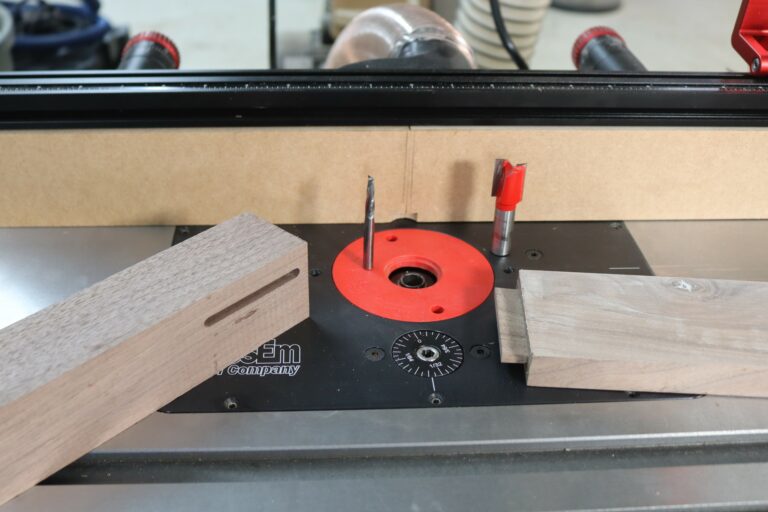
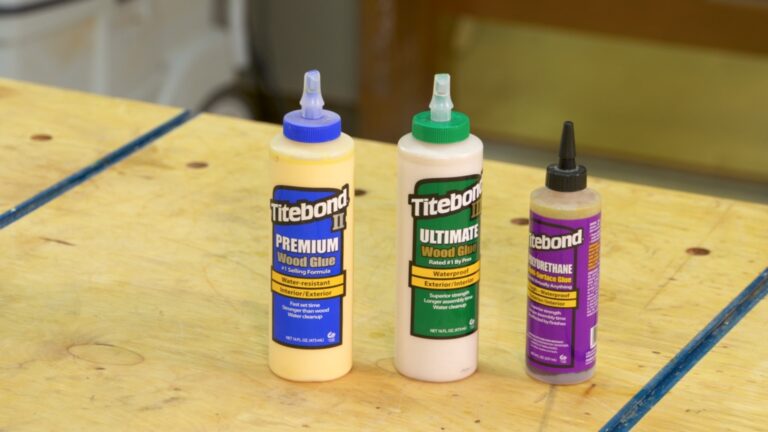
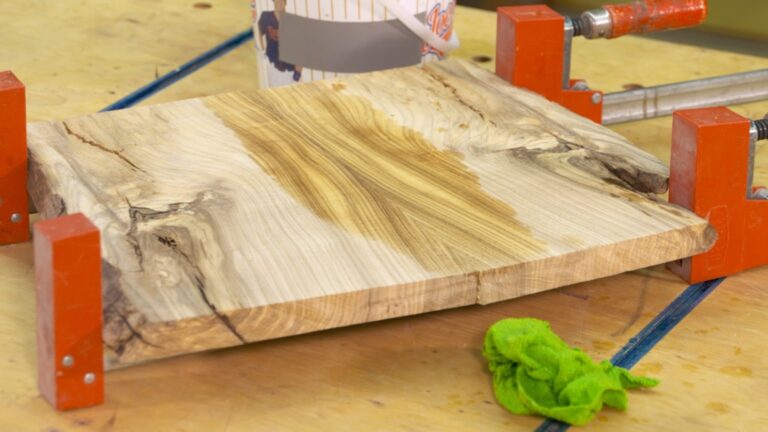


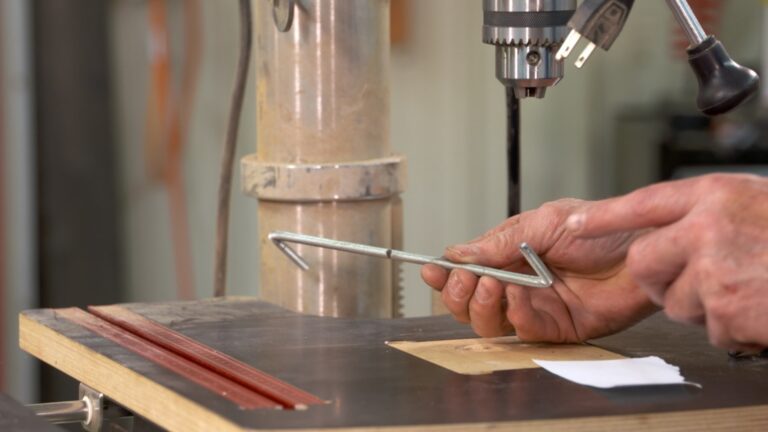

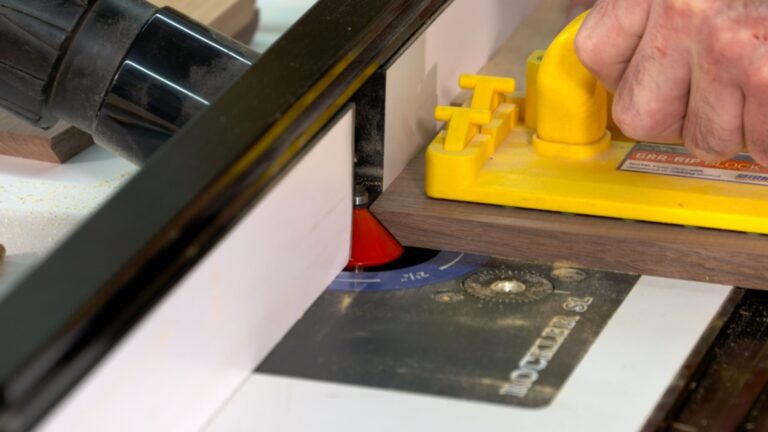

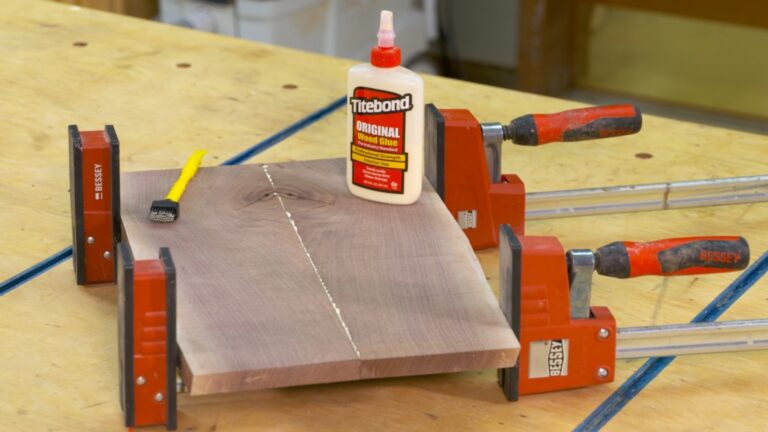
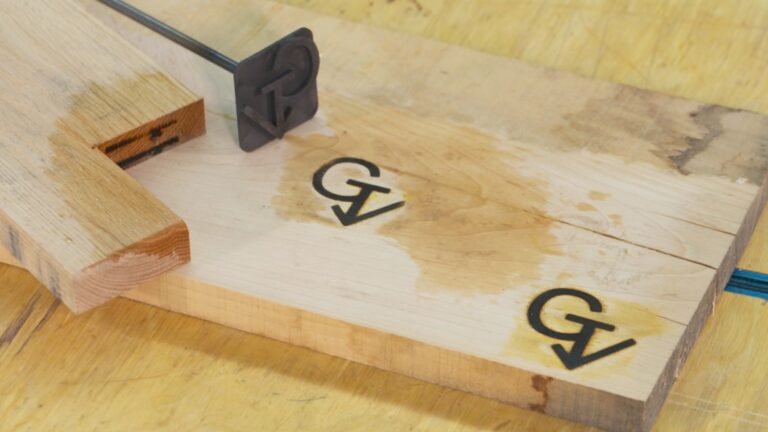
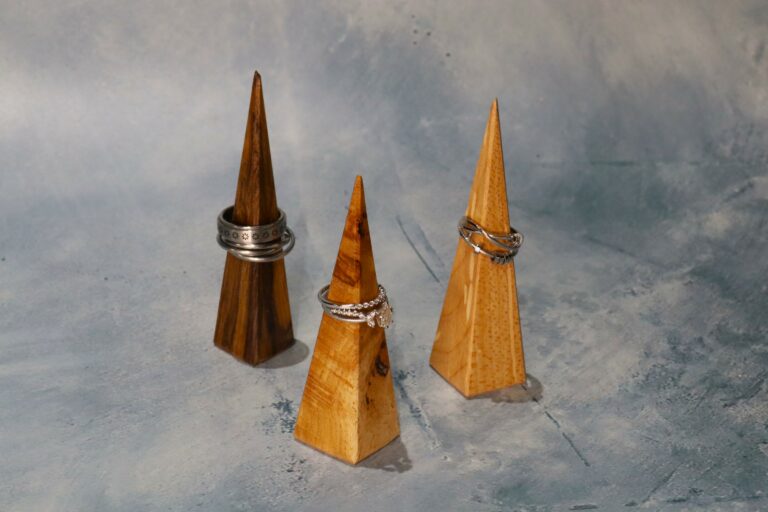
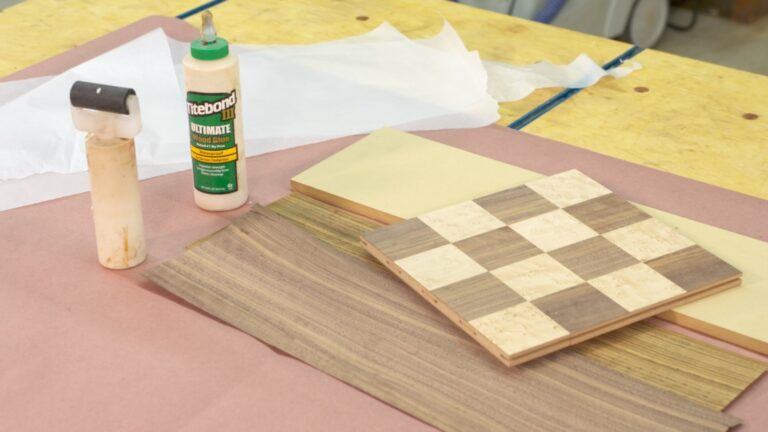
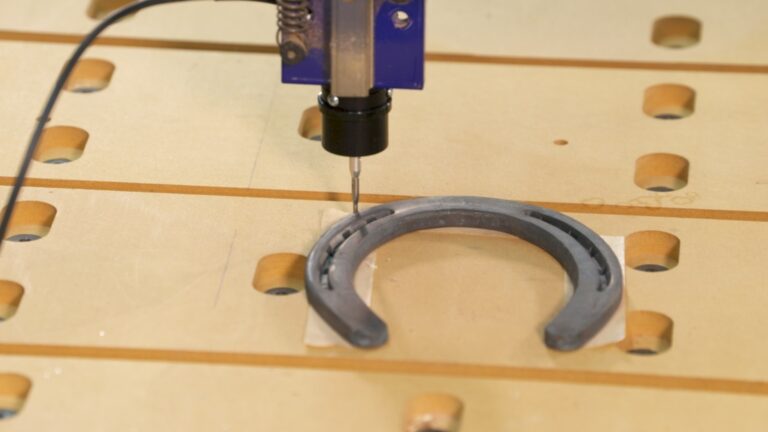
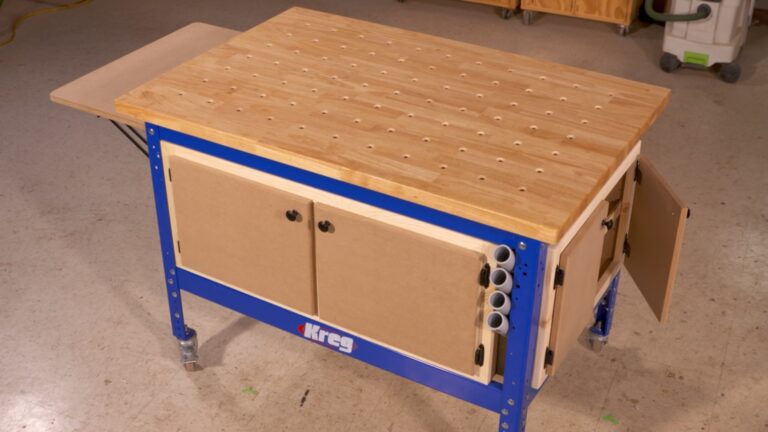


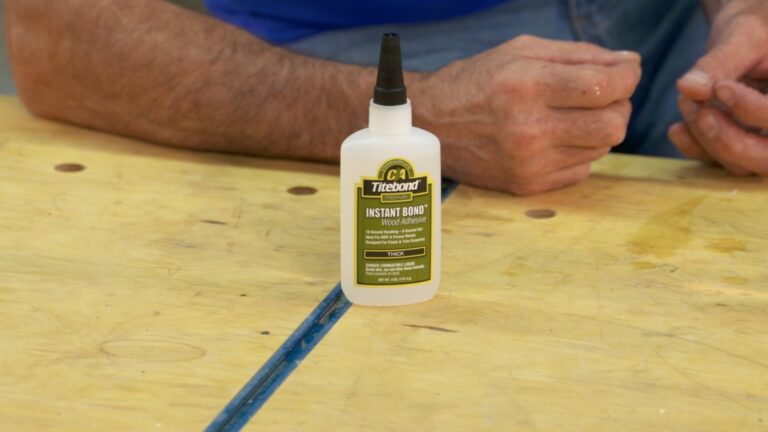
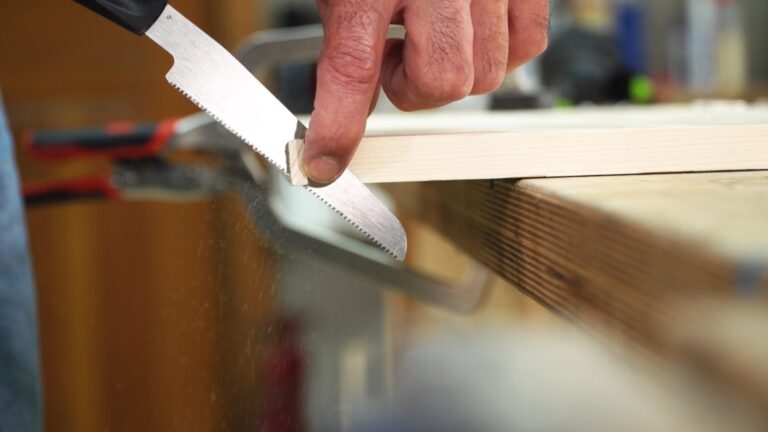
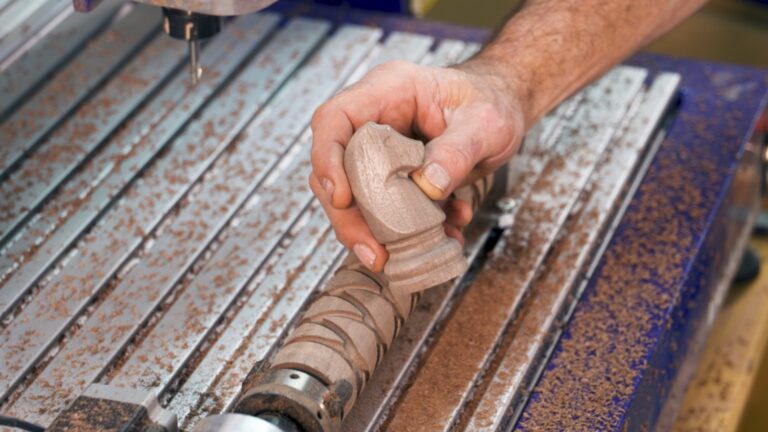
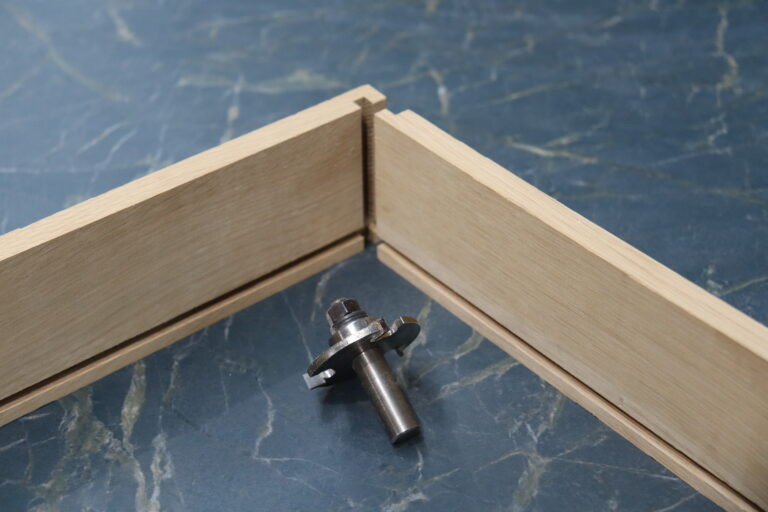
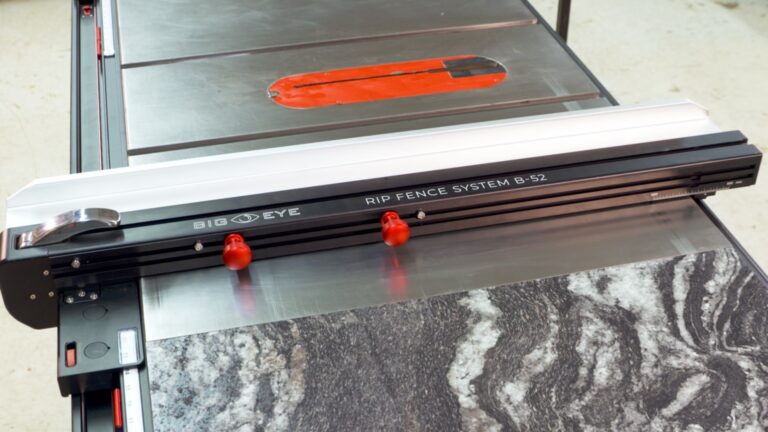
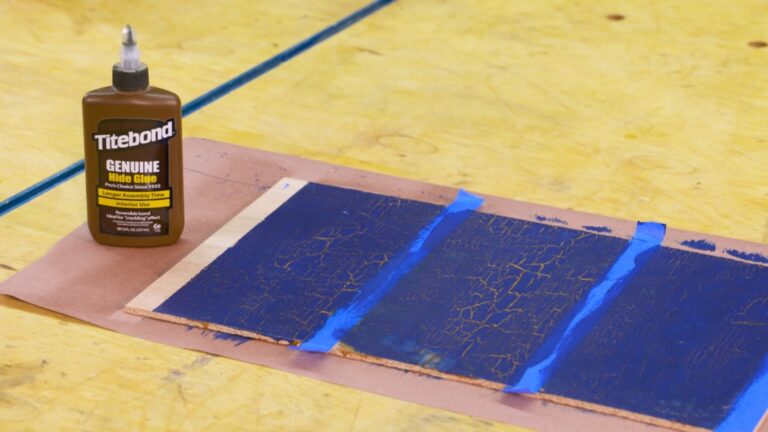
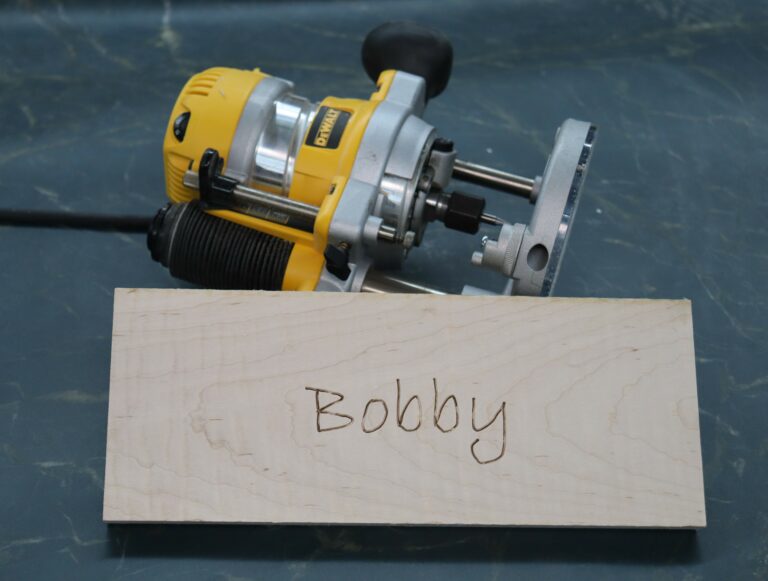
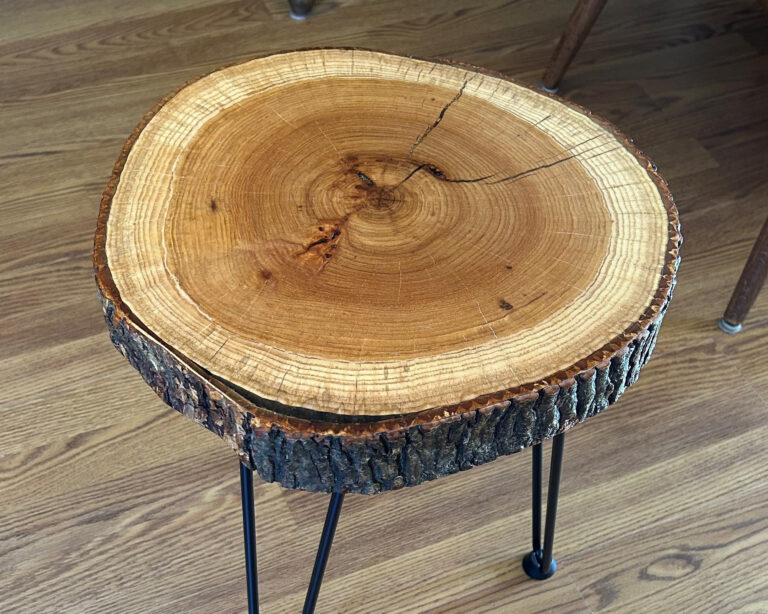
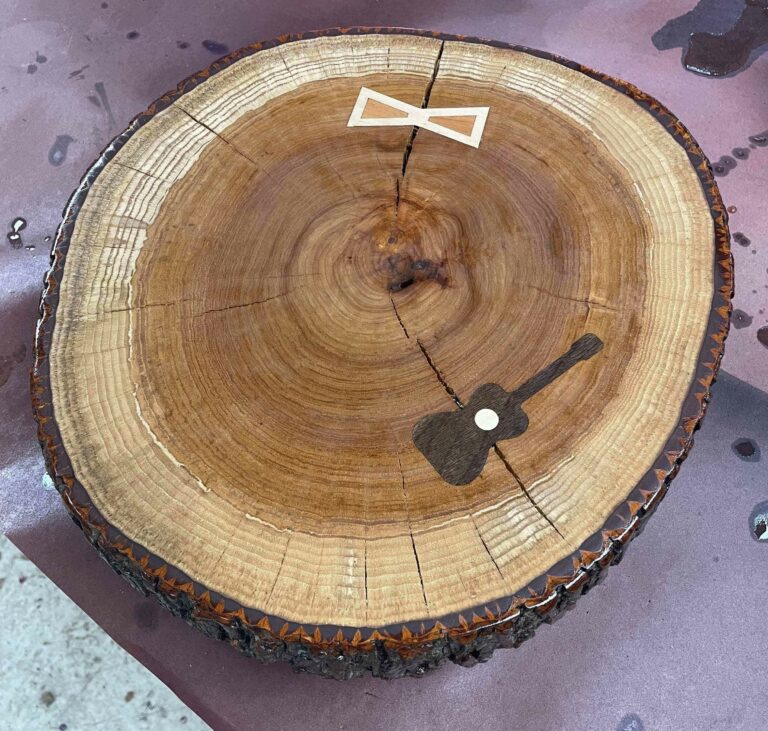

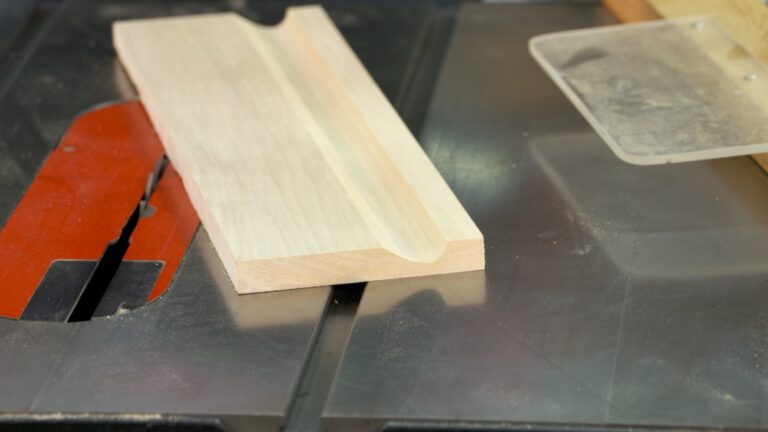

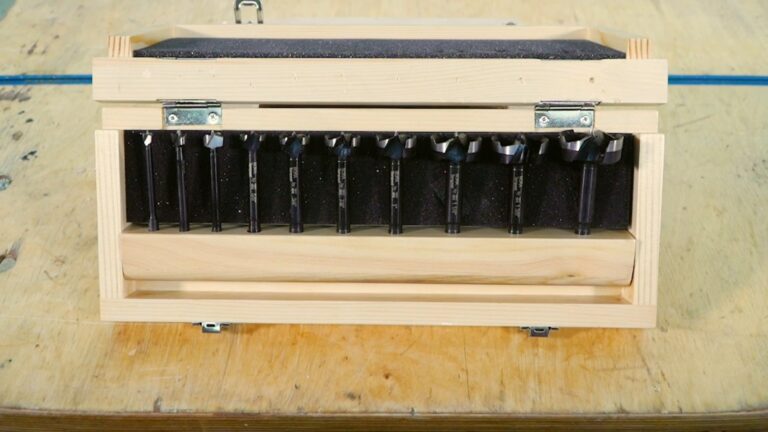

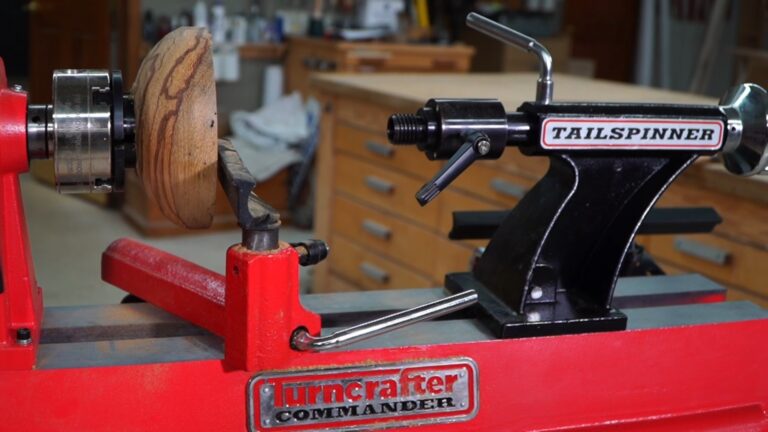
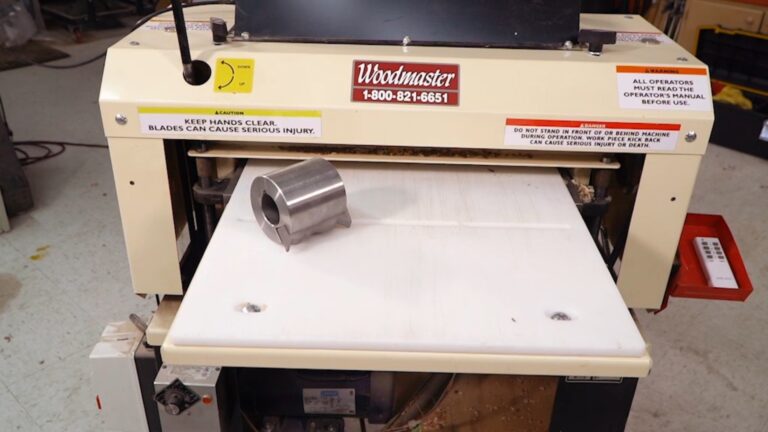

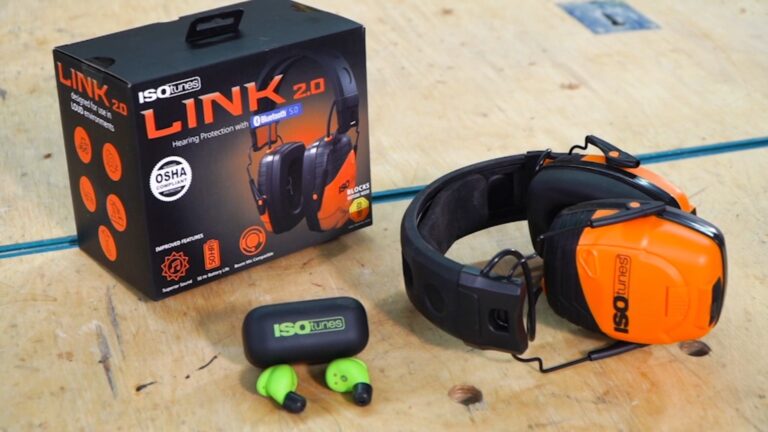
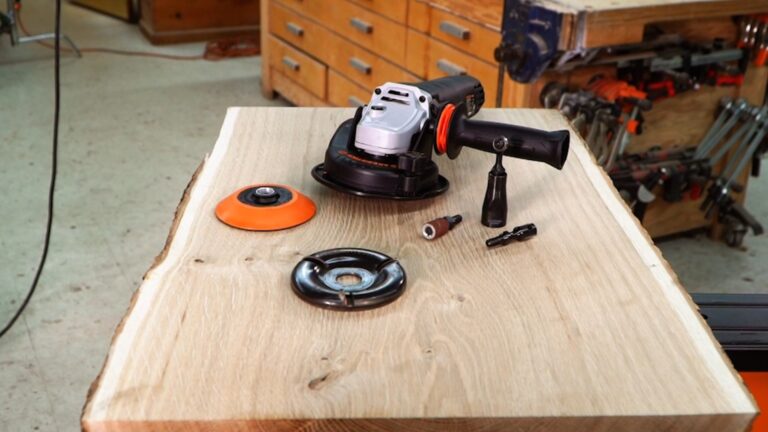






If you really like this type of setup system, buy a cheap set of Joeblocks for machine shop work. The sets they offer for woodworking cost about as much money, but do not have as many sizes. However some are better for planers and jointers I will say on a table saw set your cut stock next to the blade lower the blade just below the surface bridge over with scrap then raise the blade until it just touches the bridge stock, this sets up a perfect height for the depth your going to cut. To adjust the fence same concept pinch the work to the fence off the blade move the part the blade should move but not turn just dragging its surface. If you do not have the setup blocks you can do these steps to get the same thing and match your dado to the parts it's going to fit.